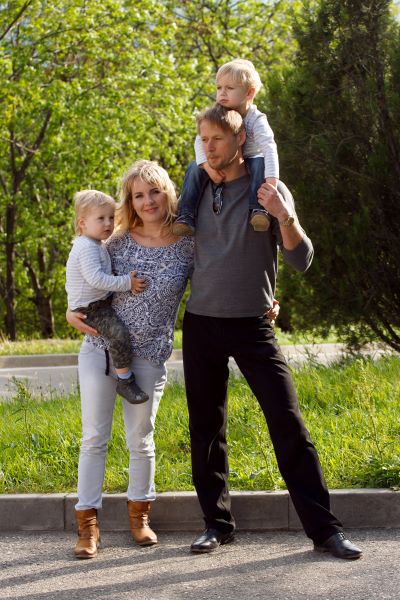
Go RVing and Ipsos on Thursday released findings from their Path to Purchase Study. The study asked first-time and repeat buyers about their purchase experiences and history.
Part 1 of the story was published Thursday.
Part 2 today examines the Path to Purchase findings for repeat buyers.
The study laid out the path through a story about a recently married couple in their late 20s, Dan and Rachel. The couple bought the first RV without having children at the time. As the study picks up the couple preparing for a repeat purchase, seven years have passed since the first purchase and the couple has 6-year-old twin children.
The family continues to live in Portland, Oregon, and is able to find about 30 days a year to take RV family trips. Throughout the couple’s RV ownership, the study said they have become very active in owner brand group pages on social media and are looking forward to the brand owner rally.
The couple now are looking for an upgraded RV, one with different features and layouts to accommodate a larger family. A plurality of repeat buyers search for RVs in a similar fashion, while full-time living options and health reasons drive other repeat buyers’ desires, the study found.
Rachel, who did not have childhood camping experience, found the initial purchase path more challenging than her husband, the study said. Her challenges remain as the repeat purchase path begins, the study said, even though her overall RV enthusiasm now matches Dan’s.
The study said the couple conducted much more thorough research before a repeat purchase, and repeat buyers who do not use digital/print resources or in-person experiences to research find the purchase stage much more difficult.
Dan and Rachel found dealership visits the most trusted resource in the research stage, as they did in the first purchase path. However, dealer websites on repeat purchases were the second-most trusted resource. In the first-time purchase path, dealer websites ranked sixth.
Although the research process was ultimately successful for the couple, the study found 62% of repeat buyers experienced an issue in the purchase process. Overwhelming amounts of information and a lack of in-person interaction options were among the biggest pain points, the study said.
Repeat buyers were much more likely to find the exact RV they wanted during the research phase, with 42% saying they found the exact RV compared with 29% of first-time buyers.
Nearly two-thirds of repeat buyers are brand loyal, the study found. Brand loyalists more often relied on past experiences than non-loyalists, the study said, and more often used brand-related research resources.
“Fostering RV brand loyalty is critical for future growth,” the study said.
The study concluded companies need to become customer-focused RV brands to foster repeat purchases.
“RV brands play a critical and central role in not only creating desirable products, but also driving RV ownership,” the study said. “As such, RV brands are uniquely situated to embed strong customer-focused strategies and practices throughout the journey to further industry enthusiasm and propensity to repurchase the brand.”
Full reports on the Path to Purchase for first-time buyers and repeat buyers are available by clicking here. Reports are available to all RVIA members.




